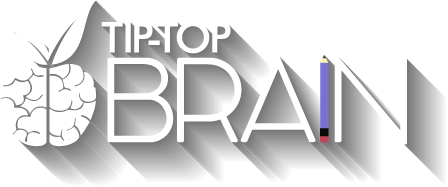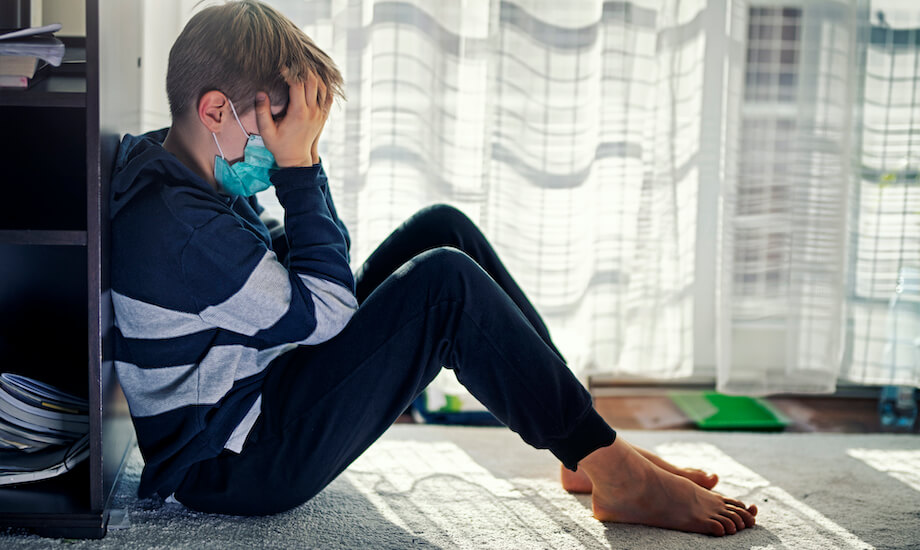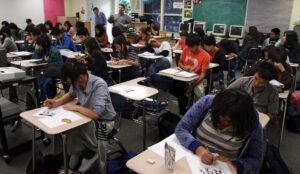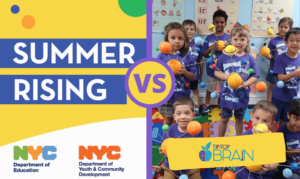With all of the time students lost this past school year, and the shaky launch of the school this fall, some students are likely to have experienced learning loss. Referred to as the “COVID Slide,” students nationwide have been experiencing academic setbacks in light of the pandemic. Despite school having quickly transitioned online, not everything can be translated perfectly in the digital world.
When schools transitioned online, there was a well-intentioned and frantic effort to translate the tools of in-person classrooms online. The strategies employed school to school varied greatly, and there was no blueprint for what a nearly overnight, nationwide switch to virtual learning should look like. Consequently, some students were ultimately under or mis-served while teachers found their footing. For some students and parents, the challenges online school has brought serves as a sharp reminder of how much things have changed. However, even those who love their online learning environments shouldn’t rejoice too quickly.
Signs and symptoms of the COVID Slide
Your child is having increased difficulty in class:
Say, for instance, your child has always struggled in math. Then, you may not be surprised that online math class has proven more difficult for them. However, what exactly has become more difficult? If learning new content or completing classwork has become more challenging, it may just be symptomatic of our new virtual studies. On the other hand, it’s possible math class this school year has become more strenuous because of material lost to the COVID Slide.
Your child’s attitude towards school work has changed:
Of course, there are more than a few reasons why a young learner’s attitude towards schoolwork may have changed. Principally, student’s digital schoolwork hardly resembles their pre-COVID workflow. Prior to the pandemic, students would sit side by side and could socialize, to some degree, in class. These days classwork is often done by oneself. Clearly, such a drastic change might cause a dramatic shift in a student’s feelings, or their disposition, towards completing schoolwork. Parents ought to ask their students why their behavior seems to have changed. Although the former explanations for this change in attitude are rather harmless, the COVID Slide might be the culprit, or at least an accomplice. If students have lost their footing, or missed certain important concepts, as a result of the pandemic-induced learning disruptions, it may also present an aversion to schoolwork.
Treatment
Tutoring
Tutoring is our favorite option for treating the COVID Slide. In many ways, the COVID Slide is a result of students needing more support under these especially challenging circumstances. For that reason, I believe outside help is critical in playing catch up. No less, many students in less-than-ideal classrooms are still experiencing a low-grade case of the COVID Slide. Ultimately while students are working their hardest to learn and master material being covered in their classes currently, they stand to benefit greatly from a mentor to work through things that have slipped past them.
Extra Help
If possible, attend extra help and review sessions offered by your teacher. The COVID Slide diminishes the quality of our learning in two ways. Firstly, there is the class material lost, or poorly retained, from last school year and our initial transition online. Secondly, and perhaps less obviously, there is the impossibility of learning new class content that builds off material students should’ve learned last year. By taking advantage of classroom support, you can alleviate some of the stress and hardship of keeping up with this year’s class content. However, teachers are not able to allocate much time towards catching individual students up on the curriculum. Extra help may not repair damage incurred from the COVID Slide, but it assures there won’t be any more.
Prognosis
The good news is, the COVID Slide is 100% treatable. As with any common condition, your student will likely be A-okay. However, that doesn’t mean the ‘Slide shouldn’t be addressed. The past year has been rather tumultuous, especially for students. Aside from time lost in the classroom at the start of the pandemic, students were forced to adapt quickly to online learning. It would be unreasonable to think distress and sudden shift in routine didn’t divert some students’ attention and time from schoolwork. Luckily, there is camaraderie in experiencing the Slide, but reader be warned, if left untreated the COVID Slide could lead to further academic complications!







